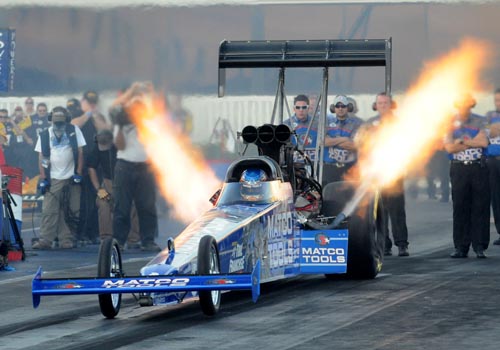Were it not for these high fuel costs, one would have to wonder if the acceptance of these little Italian get-a-rounds would be as great as it is.
They go fast with great maneuverability, with all the inherent characteristics of a relatively inexpensive Italian vehicle. There was a time dependability was not the primary objective; i.e., Fiat X-1-9 of the 70’s. Today’s buyer is looking for not only dependability, but also performance. To get this performance, the manufacturers are using tuners. Fiat has chosen to enlist the services of Carlo Abarth.
During the early days, Abarth influence on Fiat made them perform far better than they should have. It was in 1971 when Abarth became a permanent fixture at Fiat. It was a long time coming, but finally the proof is in the finished product.
The little 1.4-liter MultiAir four with its oil-induced
intake valve system seems to be a good match for the weight. The Abarth engine
has a number of components a far cry above Fiat’s predecessors; like a crankshaft
and connecting rods of forged steel. What really sets the Abarth apart, and
kicks horsepower from 101 to 160 at 5500 rpm, is an 18.0-psi turbocharger plus
a pair of intercoolers set low in front behind outboard grille vents.
Torque gets a similar boost from 98 lb.-ft. to 150 in Normal mode or 170 after you push the Sport button. Just
as important from the fun side of things, that torque is on hand from 2600-4100
rpm.
Engineers also opened up both the intake and exhaust systems for better breathing, though what you’ll love most about it is the thrumpy exhaust note.
Matched to the turbo four is a 5-speed manual gearbox and beefier half-shafts.
Suspension changes include lowering the ride height 0.6 in., stiffening the springs and rear torsion beam axle, and using Abarth-specific front lower control arms as part of a general firming. Brakes are now 11.1-in. discs at the front and 9.4-in. rear discs. Standard wheels are 16s with Pirelli Cinturato P7 all-seasons, the step up being 17s with Pirelli P-Zero Nero tires at 205/40-R17.
Fiat wants to emphasize the Abarth’s dual fun-on-weekends, off-to-work week nature and gives its electronic stability control three modes: On, Partial Off and Full Off.
Then comes what some consider the really important differences versus the stock 500, mainly a more aggressive appearance with added vents up front for cooling, side skirts, red brake calipers and a spoiler at the top of the lift back. Add a new lower rear design with a diffuser look and a pair of Abarth exhaust outlets to go with the new sound. Plus, of course, plenty of Abarth badging.
The 0-60 time drops to 7.2 seconds, the quarter-mile now in 15.5 sec, while reaching an unconfirmed top speed of 129-mph.
Driving the Fiat 500 Abarth is simply a lot of fun. You can smoke the front tires off the line and that great exhaust note follows you right up to triple digits on the speedo.
The Abarth is a bit different than one would expect. Many small tuner cars’ suspensions have been stiffened to the molar-cracking level. Not the Abarth, which leans more than expected when you crank it into a corner. It’s actually quite fun, though you must be sure to brake in a straight line or it can be a bit darty under heavy braking. It would be nice if the shifter were more exact.
So what does all that--plus pricing between $22,700 and about $27,000--get you? A decent driver, but we yet have to experience dependability and service costs in the long run. Here’s hoping it’s better than prior experience with Italian vehicles.

No comments:
Post a Comment